Apple's latest M5 MacBook Pro has officially arrived. It marks a clear shift in pro computing that puts AI speed ahead of flashy redesigns. The 14-inch MacBook Pro powered by the M5 chip is up for pre-order now, with availability starting October 22nd, and it keeps that familiar $1,599 starting price in Apple's premium lineup.
This is not a minor bump. The M5 chip adds new Neural Accelerators that deliver up to 3.5x better AI performance compared to M4. The interesting part is how that speed shows up in real work, faster large language model responses, sharper video workflows, less waiting all around.
You will not spot big visual changes, Apple kept the clean look introduced in 2021. The point is power. The company bet on compute gains over cosmetic tweaks, and for pros juggling heavier AI workflows, that choice makes sense.
What makes the M5 chip a game-changer for AI workflows?
The M5 is Apple's biggest step yet toward AI-first computing. Built using third-generation 3-nanometer technology, its architecture places a Neural Accelerator inside each of the 10 GPU cores. Think distributed AI processing, not one central helper.
The result, over 4x the peak GPU compute performance for AI compared to M4. That spec is nice, but the payoff lands in daily tools.
For creators and developers running models locally, the speed-up is tangible. Large language models see time to first token improvements of 3.6x faster than M4, which makes AI-assisted coding and writing feel instant instead of laggy. Video pros get AI upscaling in Topaz Video that runs 1.8x faster than M3. 3D artists get Blender ray tracing that is 1.7x faster than M3.
Audio folks will notice it too. AI speech enhancement in Premiere Pro processes 2.9x faster than M3. Less coffee time while you wait, more passes before the deadline.
The 16-core Neural Engine backs up the GPU gains. Apple is light on exact numbers, confirming only that AI tasks run faster. Together, this positions the M5 MacBook Pro as a strong base for Apple Intelligence features and the next wave of AI-heavy pro apps.
How does overall performance stack up against previous generations?
AI is the headline, yet the M5 also boosts everyday throughput. The CPU keeps a 10-core setup with six efficiency cores and four performance cores. Apple put the work into making each core better, not just adding more.
Apple calls its new performance core the "world's fastest performance core", and the results back it up. Multithreaded performance is up to 20 percent faster versus M4 in tasks like compiling code, so the machine stays snappy while you run pro apps side by side.
Graphics gains extend beyond AI. Pro software sees up to 1.6x faster graphics performance, and games hit up to 1.6x higher frame rates. The third-generation ray tracing engine is a standout, delivering up to 45 percent uplift in ray tracing apps compared to M4.
Two low-level upgrades matter a lot for pros. Unified memory bandwidth jumps to 153GB/s, nearly 30 percent more than the M4's 120GB/s. Big datasets, 8K timelines, sprawling 3D scenes, they all breathe easier when the memory pipe widens.
Storage gets faster too, with SSD performance up to 2x over M4. If you bounce among huge assets all day, this trims one of the most annoying bottlenecks.
What about design changes and new features?
Apple stayed the course on hardware design, and that has perks. If you already live in this ecosystem, your accessories and muscle memory carry over, while the internals take a leap.
The 14-inch MacBook Pro keeps its 3,024×1,964 resolution display with ProMotion, plus three Thunderbolt 4 (USB-C) ports and an HDMI port. It still hits a sweet spot for modern connectivity without dongle drama.
There is one big practical change. Storage now tops out at 4TB, double the old 2TB ceiling. It costs an extra $1,200, and for editors juggling massive footage, composers with giant sample libraries, or developers with huge local repos, the headroom can be worth it.
Other hardware stays steady. The 12MP Center Stage camera looks sharp for calls, and the battery life of up to 24 hours keeps you unplugged through long days.
macOS Tahoe adds polish without noise. It brings updates to Spotlight, a new Phone app, Live Activities from iPhone, and a redesigned Control Center, tighter ties with iPhone, and smoother handoffs for people who live on both devices.
On sustainability, Apple sticks to its targets, with 45 percent recycled content by weight and 100 percent recycled aluminum in the enclosure. Performance and greener materials can move together.
Who should consider upgrading to the M5 MacBook Pro?
It depends on what you use today and what you do for a living. Early takes suggest the M5 MacBook Pro suits Intel, M1, M2, or maybe M3 owners, not M4. That tracks with normal generational shifts.
If you are on an Intel-based MacBook Pro, the jump is huge. Apple's comparisons show up to 86x faster AI performance, up to 30x faster GPU performance with ray tracing, and up to 5.5x faster CPU performance versus Intel machines. You also get up to 14 more hours of battery life. That changes how you work on the move.
Some groups will feel the M5 advantage right away. Editors using AI video enhancement, developers training and testing models, architects rendering dense scenes, audio engineers running AI speech cleanup across many tracks, all benefit from the Neural Accelerator upgrades and the GPU changes.
Coming from M1 or M2, the gains spread across AI and everyday work. The higher memory bandwidth and faster storage clear common roadblocks in video editing, software builds, and data analysis. The AI uplift also lays groundwork for tools you will adopt next year, or the one after.
M4 users have a tougher call. Unless your workflow leans hard on AI features, the step up may not justify the cost. The design is the same and many improvements are incremental, so waiting could be the smarter financial move, especially with talk of bigger hardware shifts down the line.
There is one clear exception. If your M4 is storage bound and you need 4TB, the new option can justify the upgrade on its own, even if you ignore the speed wins.
What's the verdict on Apple's latest professional laptop?
The M5 MacBook Pro shows Apple knows where pro computing is headed. Instead of chasing a new look, it delivers where it counts, raw processing, AI acceleration, and workflow speed. With industry-leading power-efficient performance, those gains do not undercut the marathon battery life people expect from a MacBook Pro.
It also feels like a smart read on the market. AI is weaving into every creative and technical stack, and this machine leans into that, not timidly. Whether you are doing AI-assisted editing, building models, or testing the next wave of creative tools, the M5's Neural Accelerator layout gives you the horsepower to keep up.
If you are upgrading from older systems, especially Intel or early Apple Silicon, the M5 brings sweeping improvements to almost everything you do. The mix of faster processing, stronger AI capabilities, and up to 24 hours of battery life makes for a confident, future-ready buy. The familiar design eases the switch, the inside is where the magic happens.
Bottom line, the M5 MacBook Pro is a focused, performance-first update. It will not wow you with a new silhouette, it will just get work done faster and open the door to heavier AI workflows. For working pros, that is the win that matters.




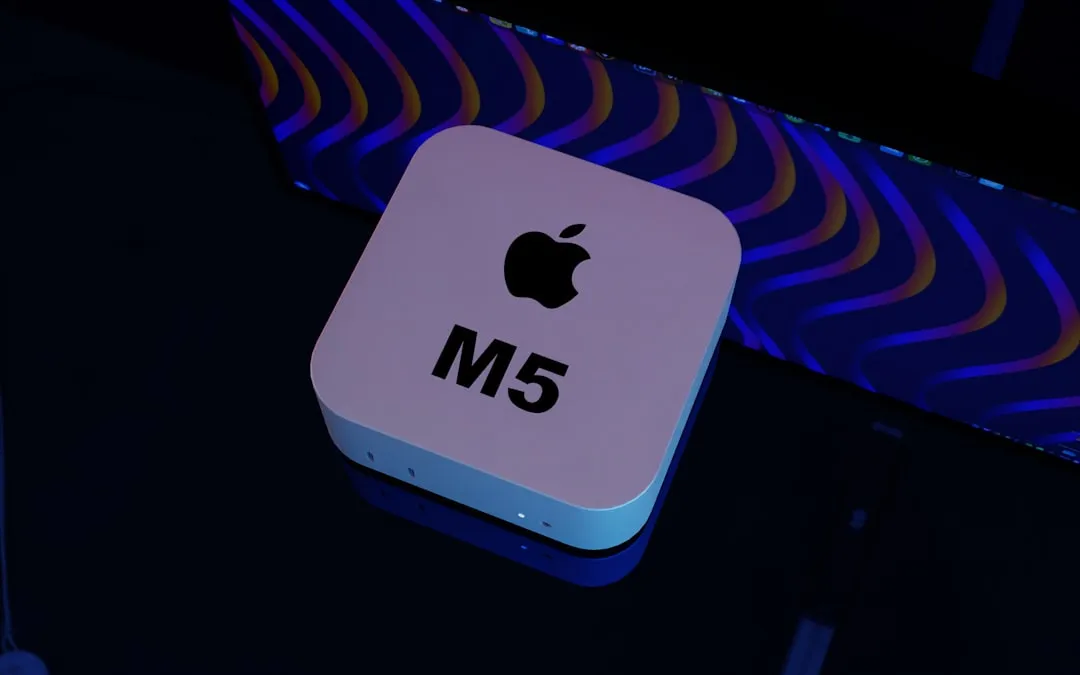


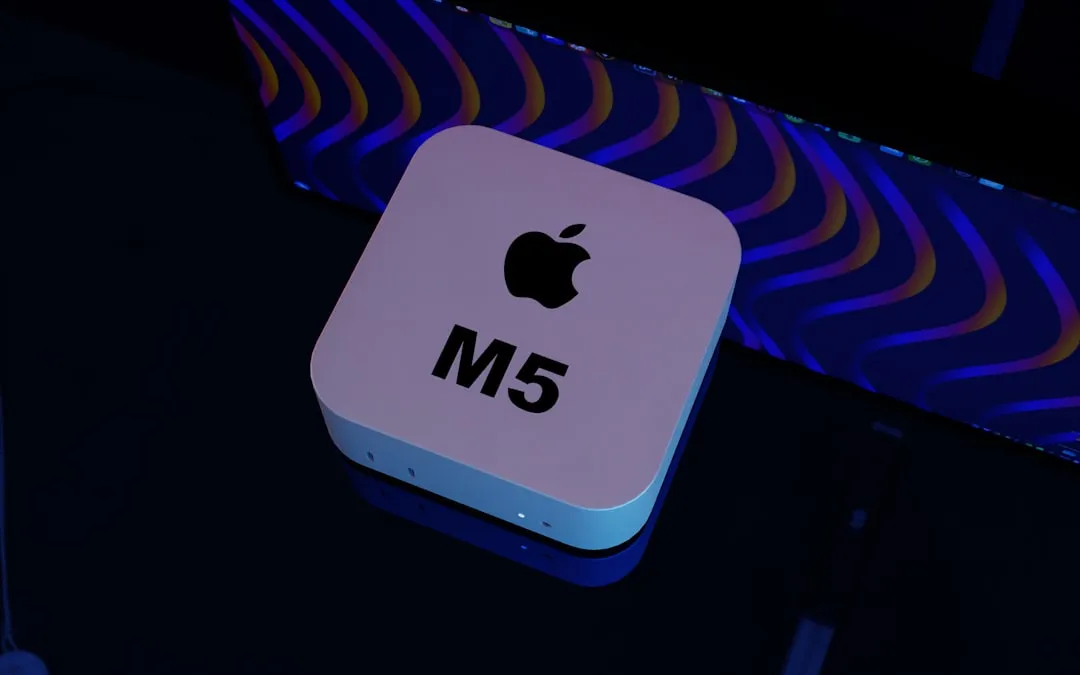
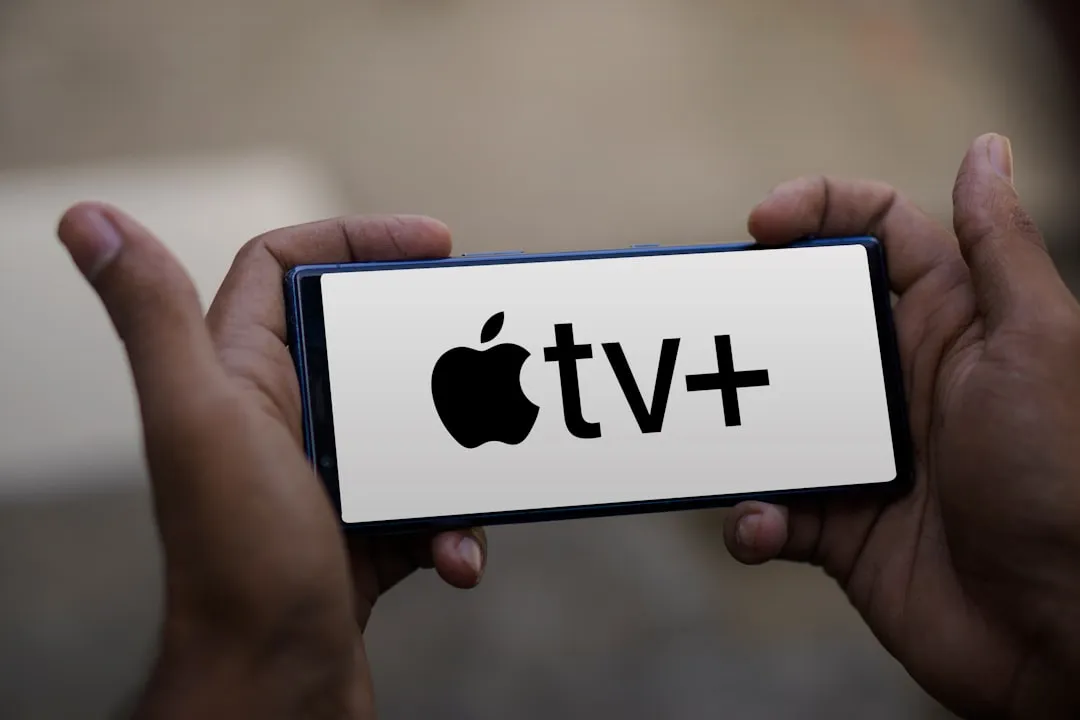
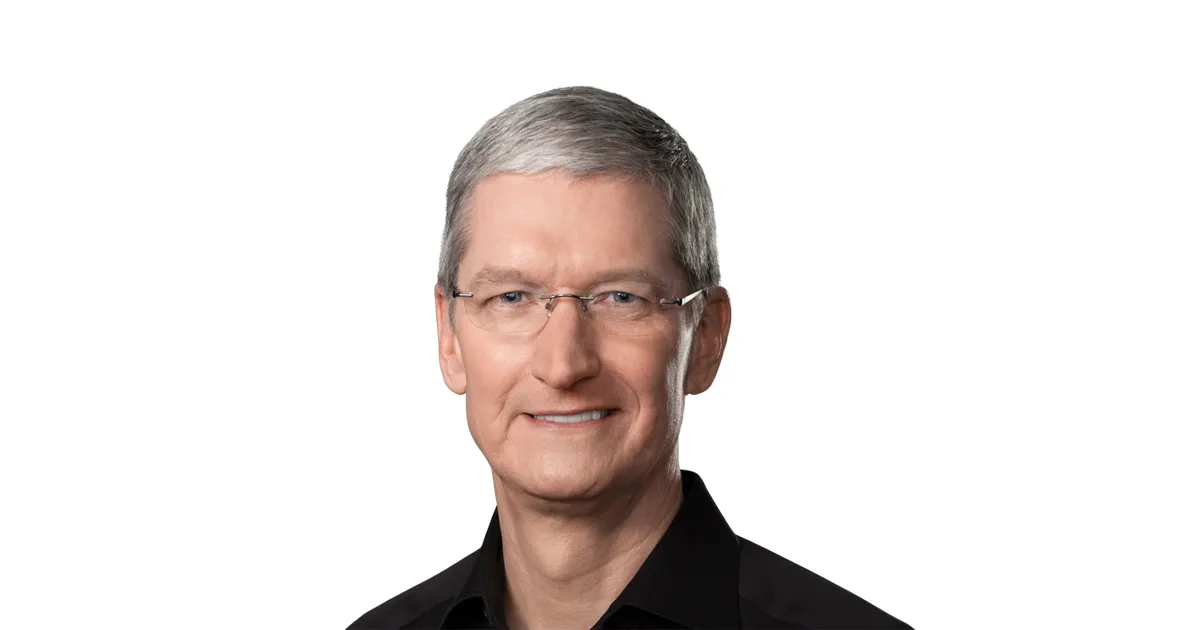
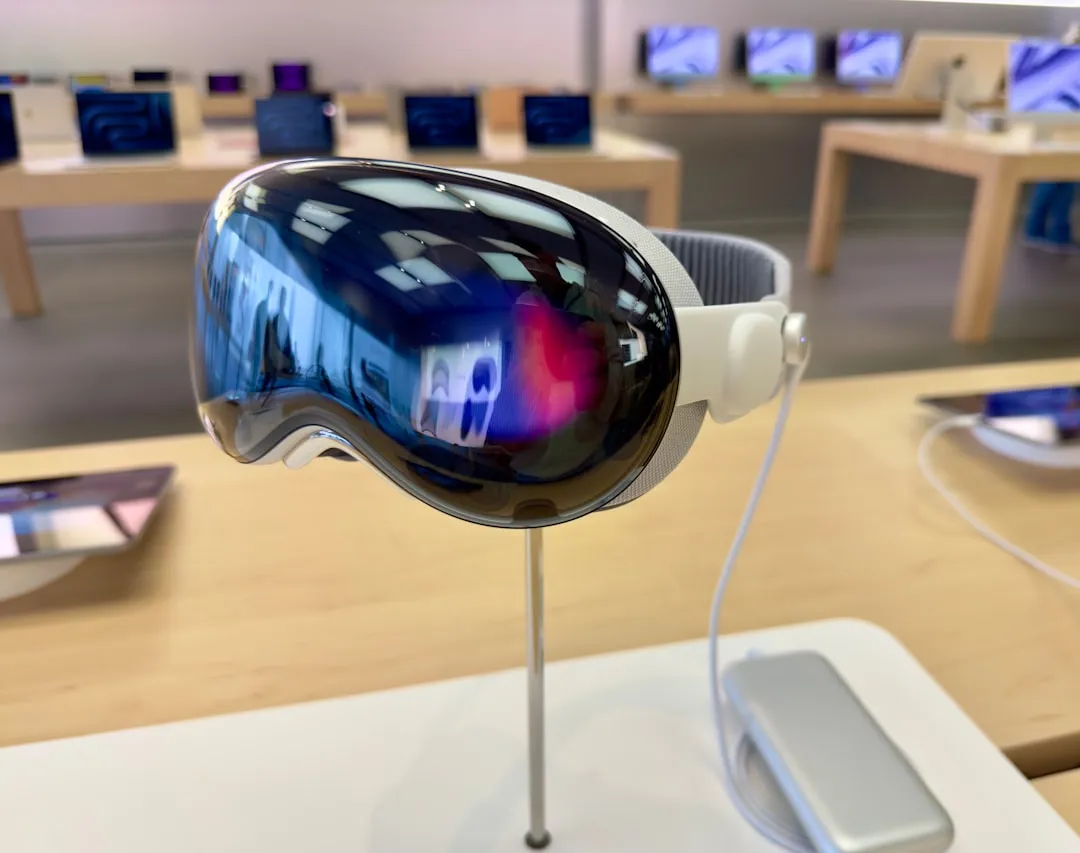
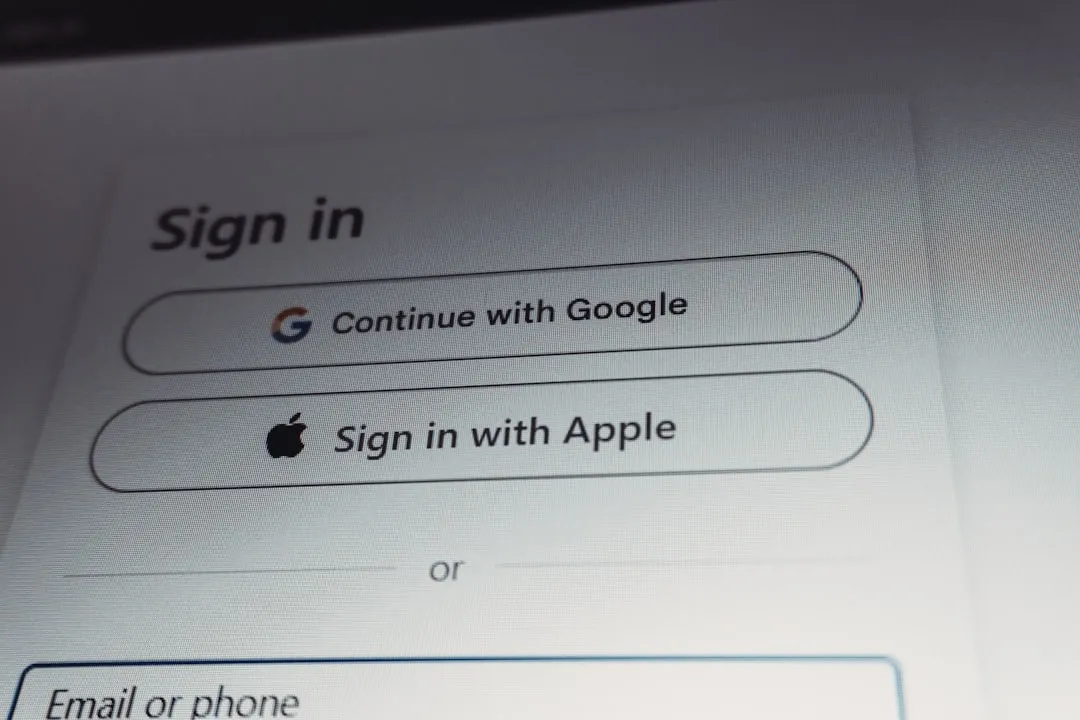

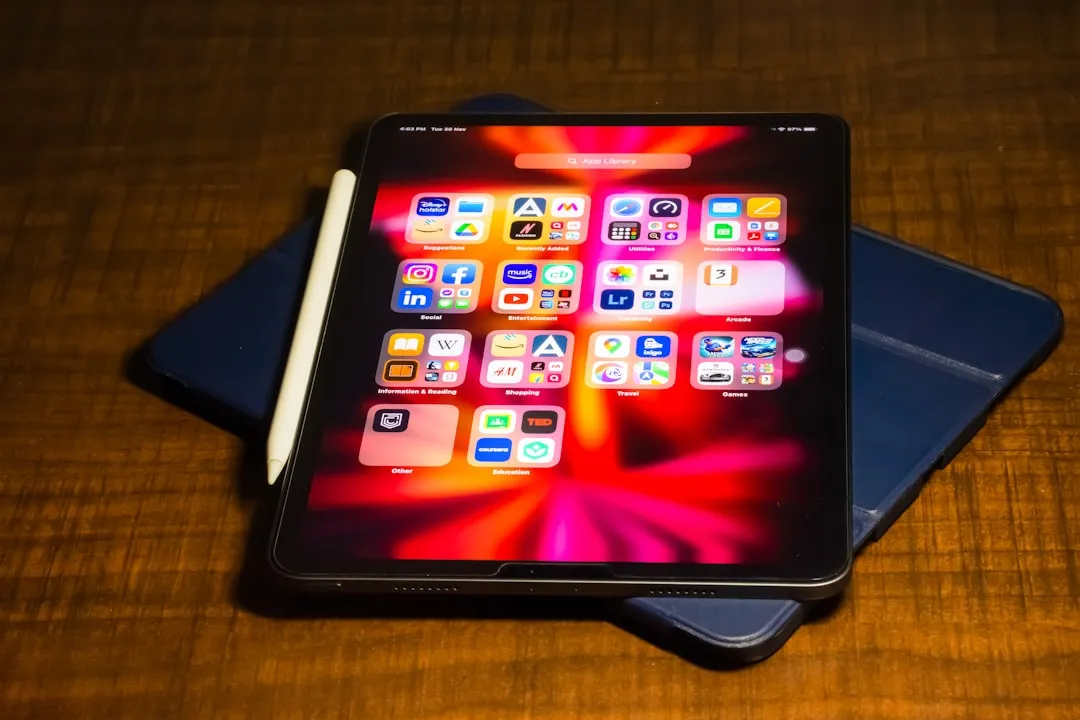
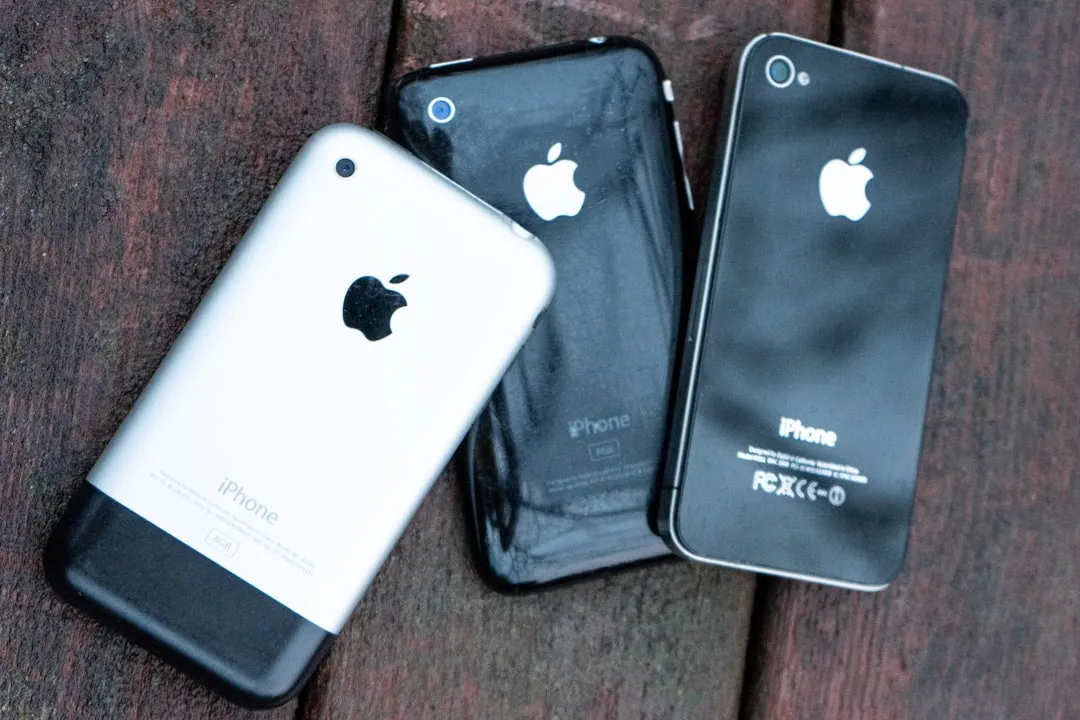
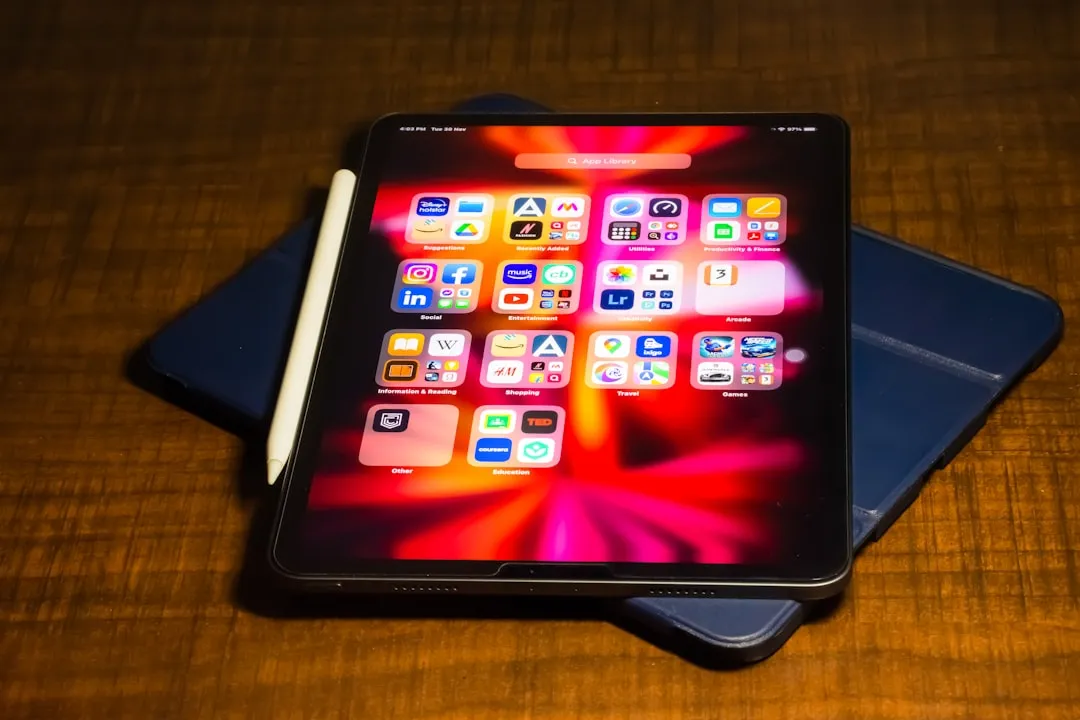

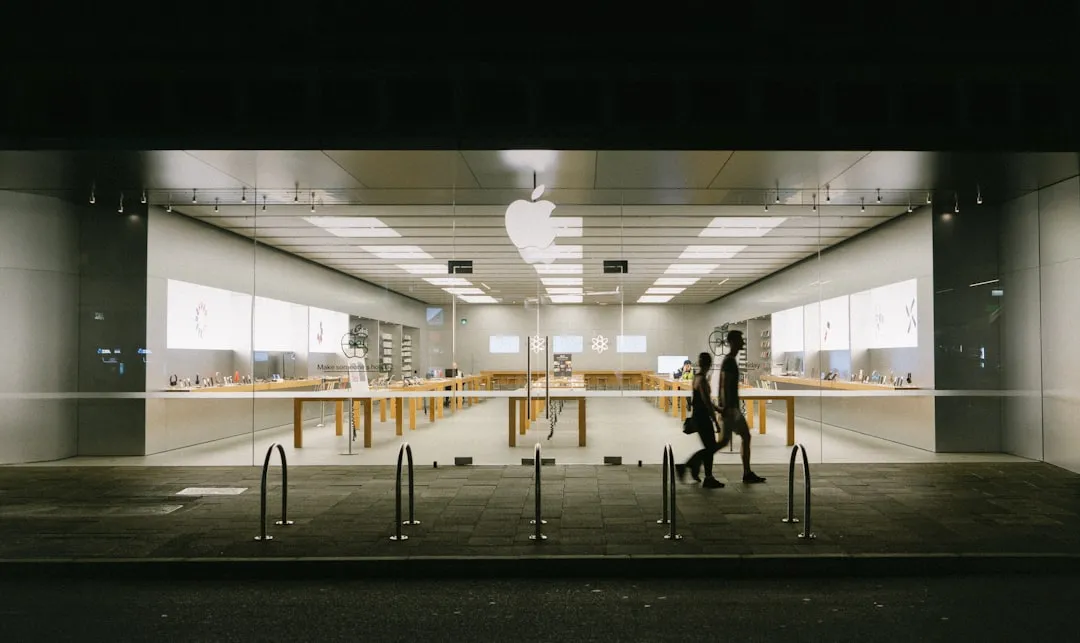
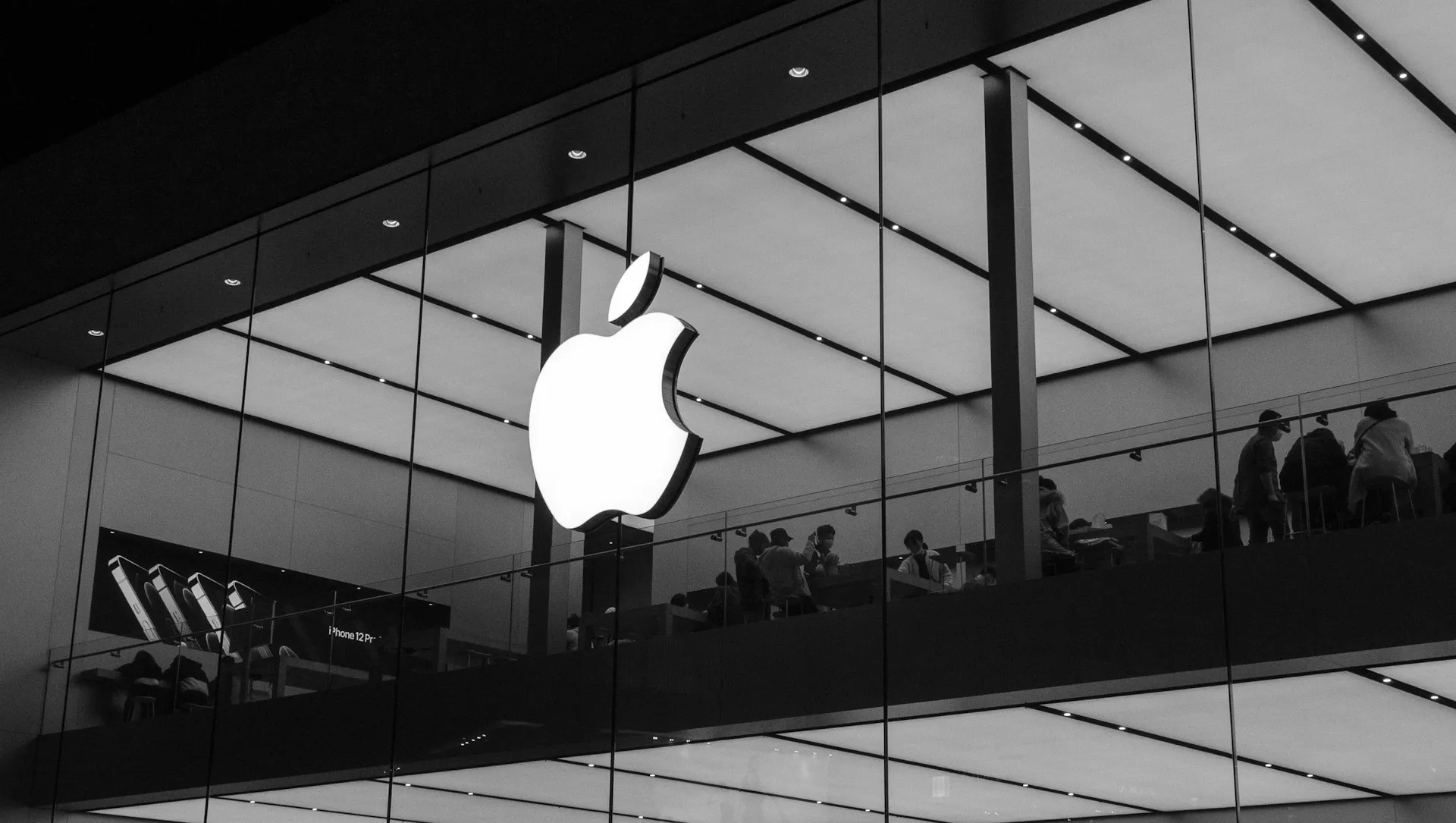
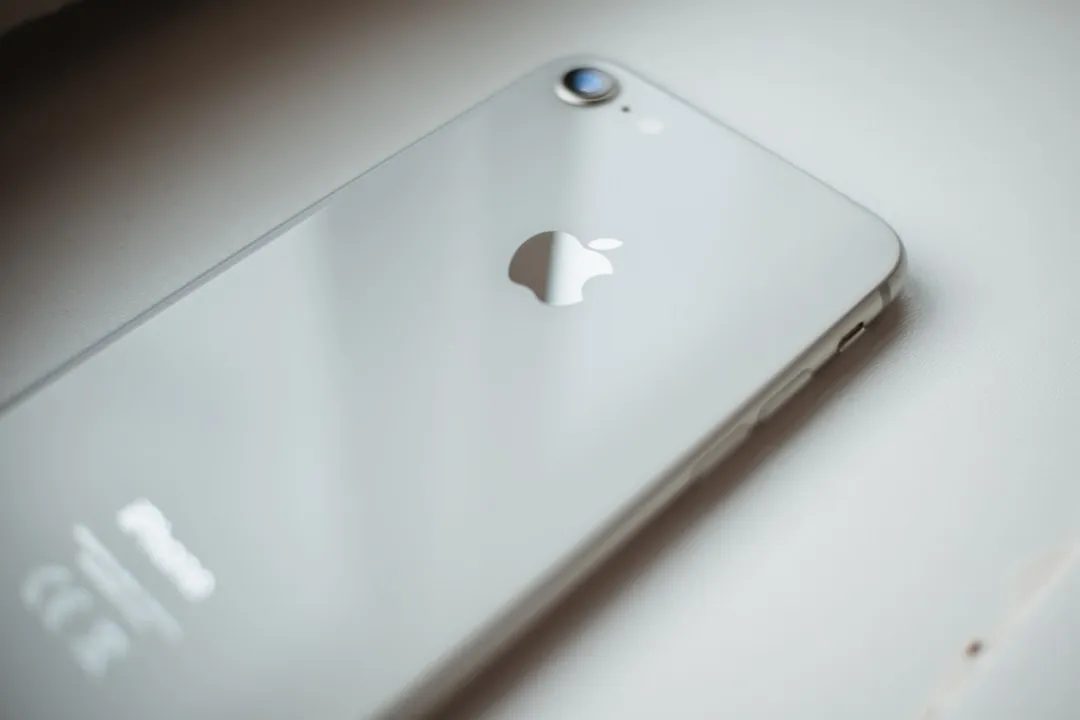

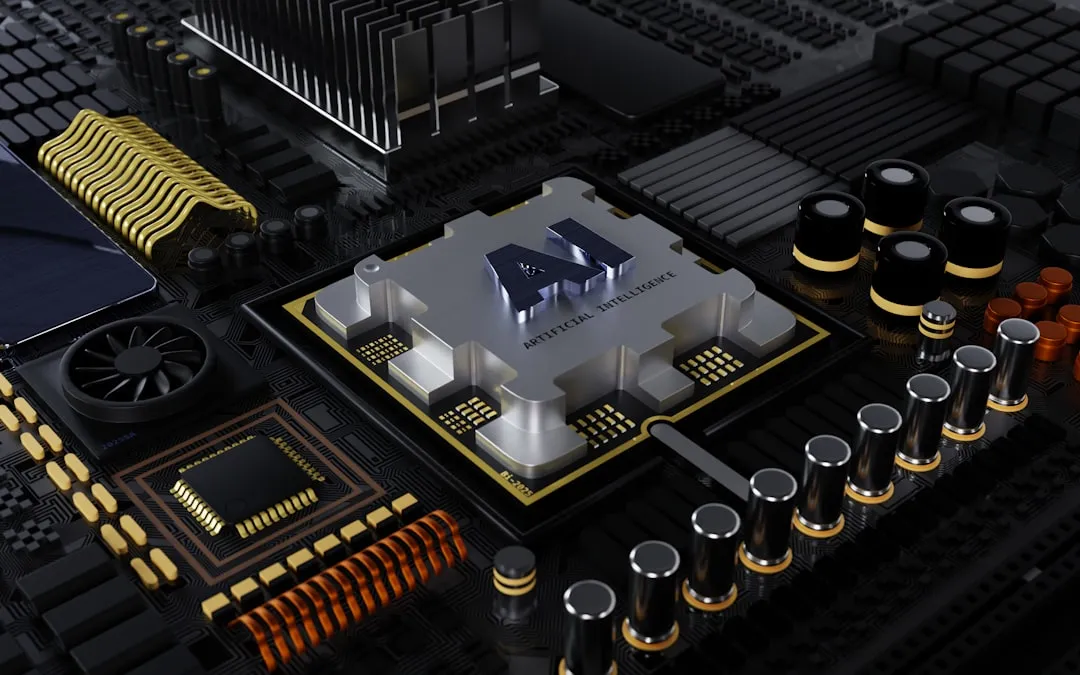
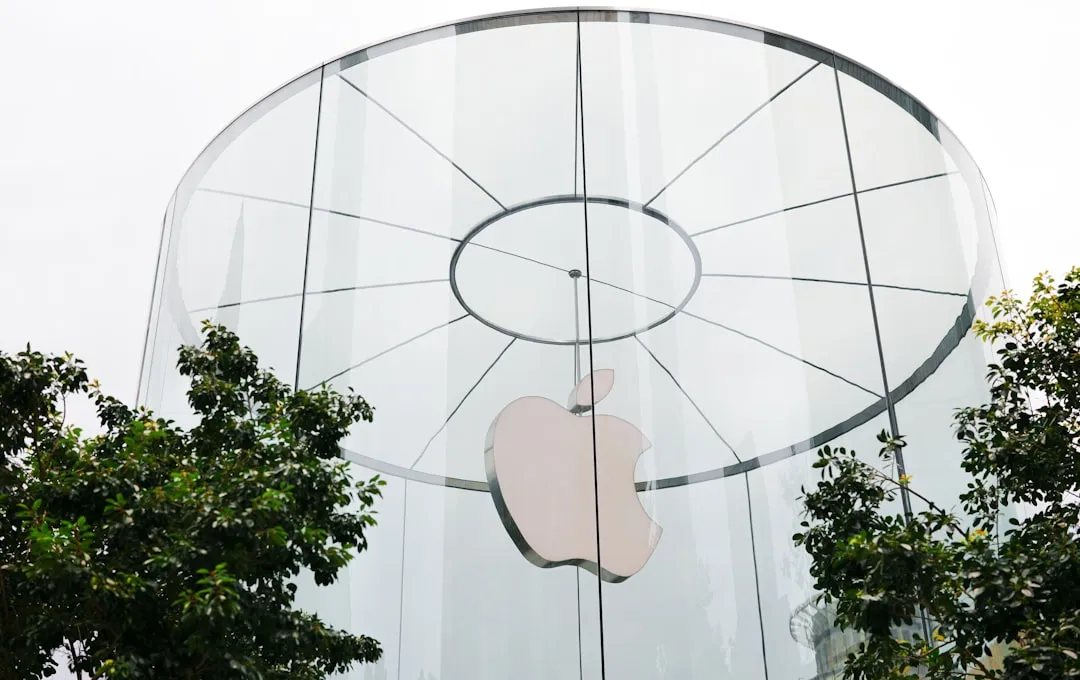

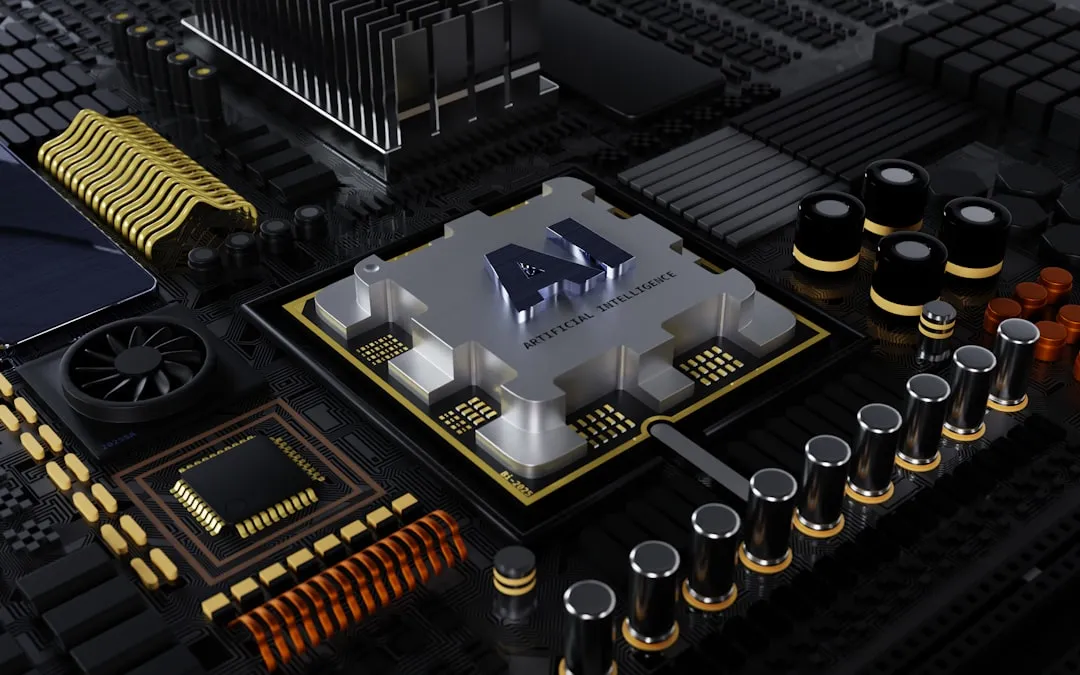
Comments
Be the first, drop a comment!